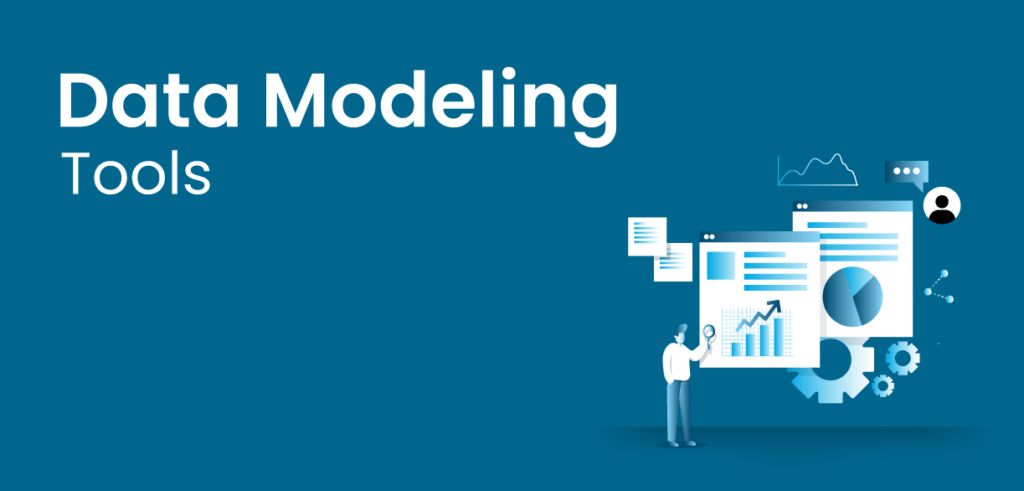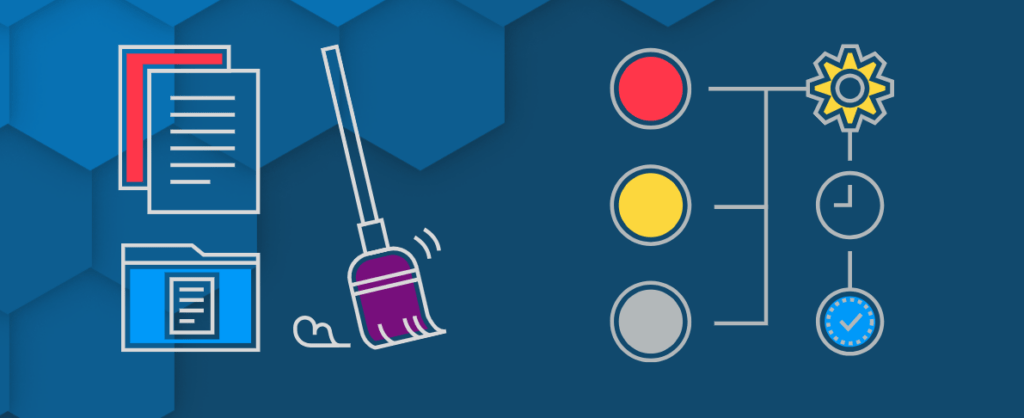To be effective, data analysts must understand how organizations structure data. Thus, data analysts need to know the type of data organizations produce and the subsets within that data. Additionally, analysts need to know the relationships between the subsets of data, and their formats and features.
To achieve this, analysts develop data models that use different levels of abstraction. A data model is like a road map, an architect’s sketch, or a formal diagram that helps one to understand how organizations structure data. Data modelling uses formal methods and standards. This creates a reliable, and predictable method for identifying and managing data resources throughout an organization.
Types of data models
Data models start out abstract and get more detailed and specific as they develop. So, if we want to describe data models from the most abstract to the most concrete, we begin with conceptual models, then move on to logical models, and finally end with physical models. The following sections provide further detail about each type of data model:
Conceptual Data Models
Conceptual models provide an overall view of what exists in a system, how it’s structured, and the rules that guide it. They are sometimes referred to as domain models. Analysts develop conceptual models when they’re initially planning a project. These models typically feature entity classes, which represent the main categories of things a business wants to include in the data model. They also outline the guidelines for safeguarding and ensuring data accuracy. Conceptual models are usually straightforward and avoid using complicated notations.

Logical Data Models
Logical models provide more detailed information about concepts and connections within a dataset. They are less abstract compared to conceptual models. Logical models use a formal system for data notation. They reveal how parts of the data are connected and also describe details like data types and sizes. Yet, logical models do not spell out the technical requirements for a system. Logical models can be especially helpful in designing data warehouses or reporting systems.

Physical Data Models
Physical models offer a blueprint for how data is stored in a database, and they are the most concrete of all data models. They present a developed structure, resembling a relational database, complete with tables that display how different things are connected, using primary and foreign keys to manage those connections. Additionally, physical data models can incorporate performance optimizations and other features specific to the database management system.

The Data Modelling Process
- Identify the entities. In this first step, you identify the main things or concepts you want to keep track of in your data. For example, if you’re creating a data model for a library, entities could include books, authors, and borrowers
- Identify key properties of each entity. For each entity, you figure out the most important characteristics or properties. If we’re talking about books, these key properties could be title, author, and publication date.
- Identify relationships among entities. Entities often relate to one another. For instance, books are borrowed by borrowers, and authors write books. In this step, you identify how these entities are connected. The Unified modelling language (UML) can be used to document these relationships.
- Assign keys and implement normalization. You give each entity a unique identifier, often called a key. This helps in organizing data efficiently. Normalization ensures that data is organized to reduce redundancy and maintain data integrity.
- Finalize and validate the data model. In the final step, you make sure your data model is accurate and complete. You check if it meets the requirements and serves its purpose effectively. This step helps ensure that your data model is reliable for use.
Benefits and Applications
- Improved Planning: Data modelling helps in better planning and organization of data-related tasks, ensuring that resources are allocated efficiently.
- Enhanced Data Quality: By visualizing data relationships, analysts can identify potential inconsistencies or gaps in the data, leading to improved data quality.
- Streamlined Development: Developers can work more efficiently when armed with a clear visual representation of the system’s structure and relationships.
- Effective Decision-Making: Stakeholders can make more informed decisions based on a comprehensive understanding of the information system.
Final Words
In data analytics, data modelling simplifies complex information systems. It turns vague data structures into clear visuals and makes it easy for stakeholders to communicate effectively. Data modelling also improves planning, results in higher data quality, more efficient development, and, better decision-making.



